- Learning time
- 20 minutes
- First play time
- 30 minutes
Turing Machine
Designed by: Fabien Gridel,Yoann Levet
Named after the inspirational Alan Turing, Turing Machine is a game of code-breaking: it can be played competitively, co-operatively, or solo.
Set-up for each game is slightly different (each game has a different code to break) – there are several in the book and literally thousands more available online if you run out. Each code is three numbers, and each number will be between one and five (effectively, you’re searching for a hidden code somewhere between 111 and 555). The ‘computer’ that allows you to solve the puzzle – hopefully – is comprised of a number of cards that have slots pre-cut into them. On your turn, you physically align three of these cards together, making up a three-digit number, and then test your number on up to three of the criteria that are being offered by the computer.
The three numbers each have a colour (and shape) as well, so the criteria might be the relationship between the blue number and the yellow number. If you try the code with a yellow 3 and a blue 5, and the computer returns an x, you know the blue number isn’t greater than the yellow. If, however, the computer offers you a tick mark, then you know the yellow number is smaller than the blue – but! at this point, you don’t know if your 3 and 5 are correct. The computer is only telling you the relationship between the numbers, not what they are.
Fortunately, there are other criteria you can test by as well – for instance, how many even numbers – and each round allows you three such tests on your current number. All the while, you’ll be whittling down the possibilities on the notepad (supplied by the game!) and getting closer to the answer. In the competitive game, the first to solve the puzzle wins. In the co-operative game, you’re trying to do it in the fewest turns possible.
The guru's verdict
-
Take That!
Take That!
None
-
Fidget Factor!
Fidget Factor!
None - everyone takes turns at the same time
-
Brain Burn!
Brain Burn!
The rules are actually quite simple, although initially it can seem puzzling getting to grips with the game's terminology (proposals, verifiers and so on)
-
Again Again!
Again Again!
There are a multitude of puzzles to solve, of varying difficulties

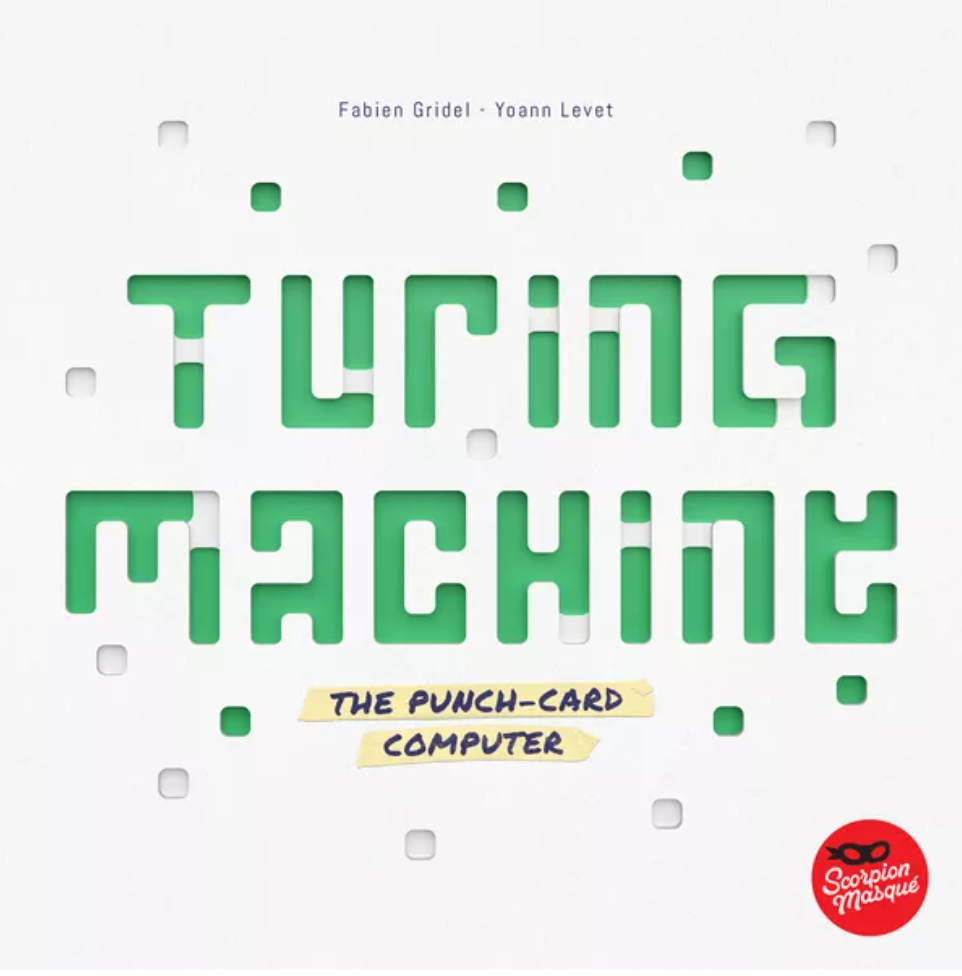
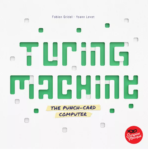
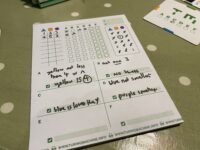
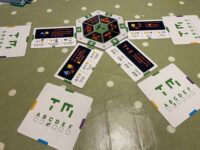
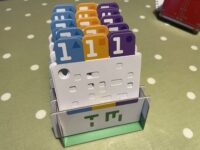
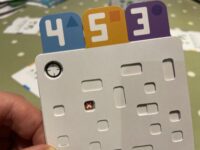


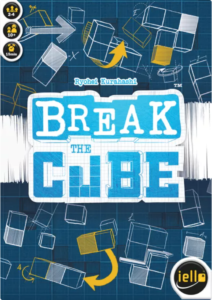

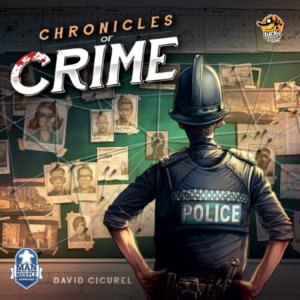
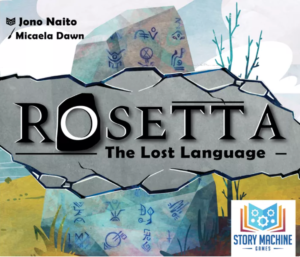
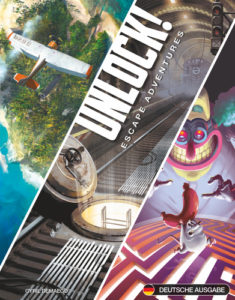
Sam says
A very clever puzzle, but so much a puzzle it almost feels like it's not a game. Breaking the code is fun - if you like that kind of cognitive challenge - and repeat plays will help you understand that there's more to it than casting around random numbers. But there's no interaction whatsoever, so it almost feels like you're doing different but similar activities and just happen to be sat at the same table. It's not big on laughs; there's no story, no luck-pushing or dice-chucking. But to give Turing Machine its due, it's not trying for any of those things. It's aiming for a head-scratching 20 minute cryptographic challenge, and on those terms it's a resounding success, with immense replayability.